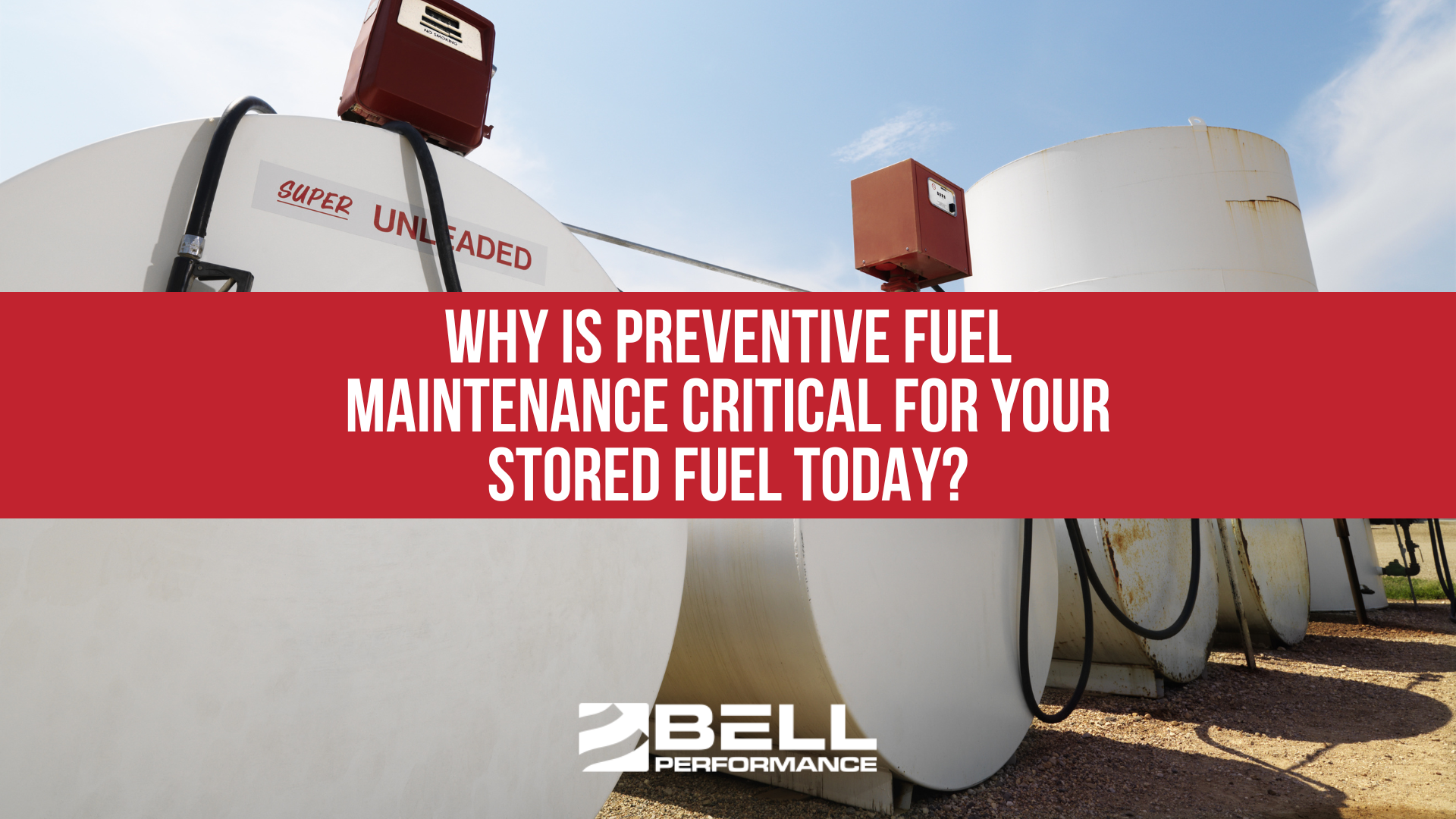Understanding Fuel Test Results
Fuel testing is a crucial pillar for maintaining fuel quality and ensuring optimal engine performance. It tends to be overlook due to its...
2 min read
Erik Bjornstad : Jul 17 2023

Fuel management is a critical aspect of various industries, including transportation, construction, and agriculture. To ensure optimal performance and safety, it is essential to understand the concept of flash point—a key property that determines the ignition potential of fuel.
 In this podcast episode titled "Flash Point," host EriK Bjornstad delves into the significance of flash point in diesel fuel, its implications for engine performance, and the necessary actions to take if diesel fuel falls out of this essential specification.
In this podcast episode titled "Flash Point," host EriK Bjornstad delves into the significance of flash point in diesel fuel, its implications for engine performance, and the necessary actions to take if diesel fuel falls out of this essential specification.
The episode begins with a comprehensive explanation of flash point property, which is defined as the lowest temperature at which a liquid fuel releases vapors capable of forming an ignitable mixture with air. Bjornstad emphasizes that fuels (like everything else) burn in their gaseous form, not as solids.
For fuels that burn in engines, flash point is a crucial characteristic to consider, as fuel with a low flash point may ignite too quickly, potentially leading to engine performance issues and safety hazards.
Through out the episode, Bjornstad focuses on diesel fuel, the most widely used fuel in the business sector. He highlights that diesel fuel, including various grades, must adhere to the specifications outlined in the ASTM D975 standard. These specifications ensure the fuel meets minimum requirements for properties such as flash point, sulfur content, etc. Failure to meet these specifications means the fuel is no longer legally defined as diesel fuel.
The Fuel Pulse Show Podcast's Episode 30 podcast explores the causes of a low flash point in diesel fuel, with contamination being the primary factor. The accidental introduction of gasoline, even in small amounts, can significantly reduce the flash point of diesel fuel (and is likely the most common culprit for stored diesel fuel with a low flash point).
Switch loading, where a fuel delivery truck is used to transport gasoline and diesel fuel without proper cleaning, poses a high risk of contamination.
Next, Bjornstad highlights the potential consequences of using diesel fuel with a low flash point. While engine performance may be affected, the primary concern lies in the safety hazards of handling and transporting the out-of-spec fuel. Lower flash points increase the risk of explosions, making it crucial to address the issue promptly and appropriately. The lower the flash point, the more the risk is increased.
Finding a solution to a low flash point is challenging. While some may consider adding substances to raise the flash point, this approach often adversely affects other fuel properties. Dilution with additional diesel fuel is also impractical, as large volumes would be required to rectify the flash point issue. The most advisable course of action is to recycle or replace the contaminated fuel with fresh, in-spec diesel fuel.
Prioritizing fuel safety and performance In the "Flash Point" podcast episode, Erik Bjornstad sheds light on the significance of flash point in diesel fuel and its implications for engine performance and safety. Understanding the flash point of fuel is crucial for industries that rely on stored fuel, as it determines the potential for ignition and the associated risks.
Maintaining fuel within specification is vital to ensure optimal performance and safety. Contamination, particularly with gasoline, can cause flash point deviations in diesel fuel. Handling and transporting fuel with a low flash point poses significant safety hazards, underscoring the importance of addressing the issue promptly.
While finding a solution to low flash point fuel may be challenging, replacing the contaminated fuel with fresh, in-spec diesel fuel is the most effective approach. Dilution or adding substances to raise the flash point may introduce other complications, making recycling or replacement the preferred course of action.
Industries can mitigate risks, optimize engine performance, and maintain a safe working environment by prioritizing fuel safety and adhering to specifications.
Fuel testing is a crucial pillar for maintaining fuel quality and ensuring optimal engine performance. It tends to be overlook due to its...
Water is the enemy of stored fuel, the tanks it’s stored in, and the equipment that uses it. Fuel storage rules that used to allow for “allowable”...

The concept of preventive maintenance isn't new—we see it everywhere in our daily lives. You change your car's oil before it breaks down. You...